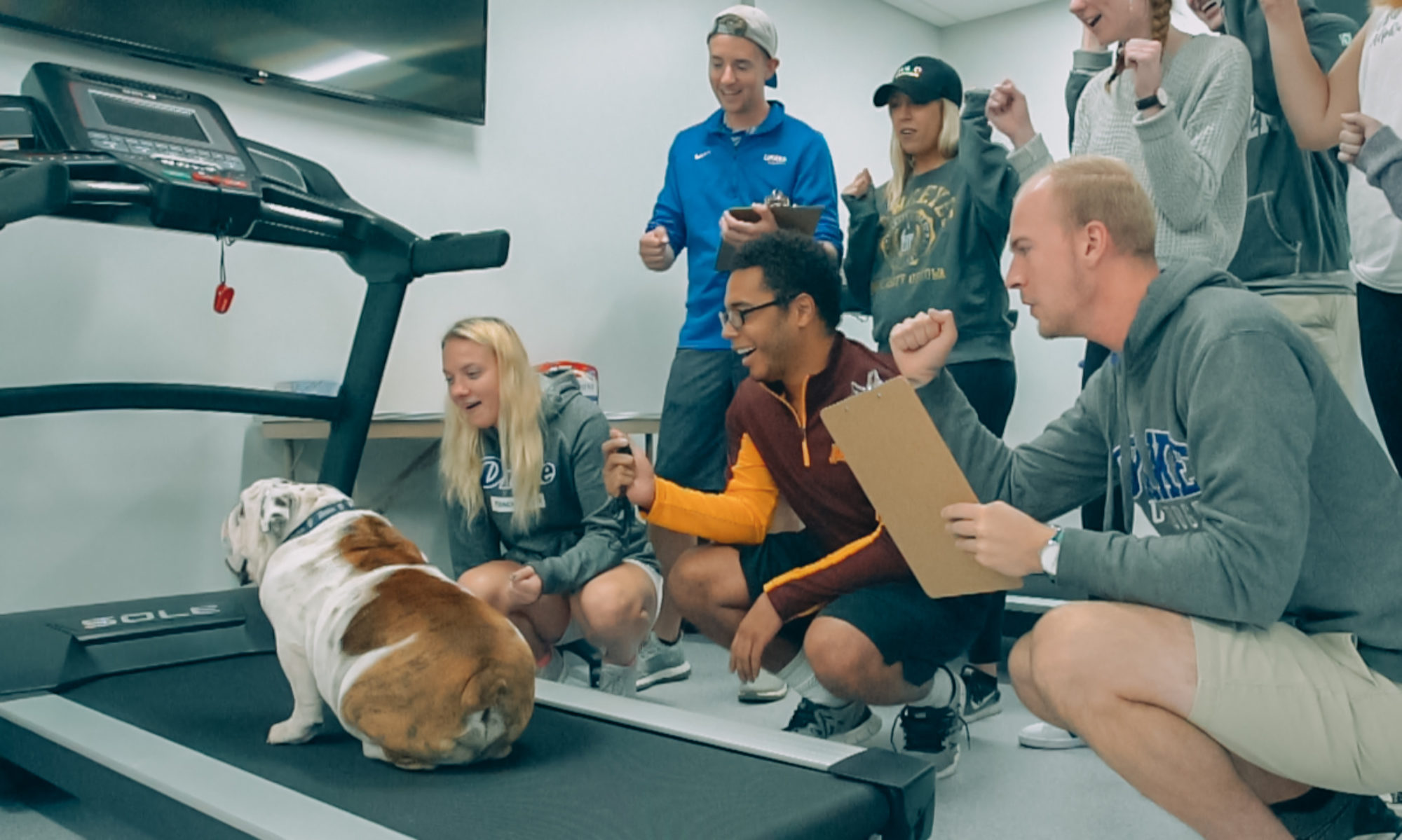Author: Madison Coffman
Sitting in a cold chamber of -200 degrees Fahrenheit does not sound like something someone would do by choice. However, people continuously do. Gearing up in socks, gloves, and booties multiple times a week to sit in freezing temperatures for three minutes at a time is actually not a form of torture, but is something that regular people do for the perceived health benefits, such as reducing inflammation and soreness recovery time, and improving energy levels, blood flow, and depression and anxiety symptoms1. But is cryotherapy really up to the talk? It is important to note if the pop culture opinions on cryotherapy match the scientific evidence. In a study titled “Whole body cryotherapy, cold water immersion, or a placebo following resistance exercise: a case of mind over matter?” they compared the effects of cryotherapy to that of cold water immersion and a placebo of a pill said to be BCAAs5. This study honed in on recovery for men who participated in strength training, but the reported effects of cryotherapy go beyond recovery.
One woman, Esther, tried cryotherapy and had multiple positive things to say about the experience. She reported that it was very cold but found many benefits. She described feeling euphoric and energized, experienced a decrease in headaches, was less sore after workouts, slept better, and lost weight1. But what does the science say? It has been suggested that whole body cryotherapy (WBC) can help with soreness and recovery but not necessarily functionally. In fact, the results of cryotherapy could be just attributed to a placebo effect, meaning the treatment itself isn’t working, but the body is believing that it is and is essentially tricking itself into experiencing the perceived benefits. In addition, there is not much evidence that WBC is any better than cold water immersion, which is an ice bath and another popular recovery technique5.
In the study evaluating the effectiveness of cryotherapy in comparison to cold water immersion and a placebo, they had participants participate in resistance training and then receive one of the recovery treatments or a placebo. They looked at the soreness the participants experienced, the stress from training, how their muscles functioned, inflammation, and protein levels within their cells. The researchers found that WBC lessened soreness after training and that muscle function improved better than in participants who just did the cold water immersion and placebo. However, the other factors that the researchers looked into did not quite positively sway towards cryotherapy. In fact, for some results, the placebo was favored. For the most part WBC and cold water immersion didn’t really improve inflammation when compare to the placebo either5. In a research article that evaluated multiple studies investigating cryotherapy, they found that much of their research showed “that muscle pain was reduced in 80% of studies following WBC” 4. They also found that WBC could potentially help with inflammation as well as pain and decreased muscle function 4. This indicates that some unclarity remains about the effects on inflammation as different studies have found different results, but there is a consensus between the two that muscle function improves with WBC as well as pain/soreness.
As previously mentioned, one of Esther’s claims regarding the benefits she saw in her own experience with cryotherapy was weight loss. With the ever-present claims regarding weight loss that plague bus stops and clickbait it is important to recognize what is fact and what is fiction. One study looked at patients who underwent tissue cryotherapy and evaluated their weight loss effects. When patients received cooling directly applied to abdominal tissue, they found that waist circumference was actually reduced. They also found that as patients received treatments over different days they still experienced a decrease in waist circumference, body weight, and BMI. As these factors do not directly take fat content into account, it is important to consider the accuracy of the data. Luckily, they used a scanner to evaluate the percent body mass of the patients and they found that after multiple tissue cooling treatments they did indeed have lessened body fat. This could be because of the body’s increased heat production2.
It is important to note that just because results may have been seen for one person or one group, they aren’t necessarily the same for everyone. One study specifically evaluated the differences of cryotherapy for males and females. They found that women should undergo shorter cryotherapy bouts in comparison to men. This is because women have a higher body fat percentage and so they need different times to get the same effects3.
From weight loss, to euphoria, to a reduction in headaches, the claimed benefits of cryotherapy are numerous. It is important to note that these are only claims and that multiple sources and views must be taken into account when considering if cryotherapy is right for you. It appears that soreness and muscle pain are reduced following use of whole body cryotherapy, but not necessarily inflammation. It could also be effective as a localized weight loss treatment. Ultimately, we don’t have all the answers on how beneficial cryotherapy is, but it certainly seems worth exploring.
References
- Freedman E. The Cuteness. The Cuteness. http://blog.cuteheads.com/tried-cryotherapy-30-days-heres-happened/.
- Loap S, Lathe R. Mechanism Underlying Tissue Cryotherapy to Combat Obesity/Overweight: Triggering Thermogenesis. J Obes. 2018;2018:1-10. doi:10.1155/2018/5789647.
- Polidori G, Cuttell S, Hammond L, et al. Should whole body cryotherapy sessions be differentiated between women and men? A preliminary study on the role of the body thermal resistance. Med Hypotheses. 2018;120:60-64. doi:10.1016/j.mehy.2018.08.017.
- Rose C, Edwards K, Siegler J, Graham K, Caillaud C. Whole-body Cryotherapy as a Recovery Technique after Exercise: A Review of the Literature. Int J Sports Med. 2017;38(14):1049-1060. doi:10.1055/s-0043-114861.
- Wilson LJ, Dimitriou L, Hills FA, Gondek MB, Cockburn E. Whole body cryotherapy, cold water immersion, or a placebo following resistance exercise: a case of mind over matter? Eur J Appl Physiol. 2018;119(1):135-147. doi:10.1007/s00421-018-4008-7.
